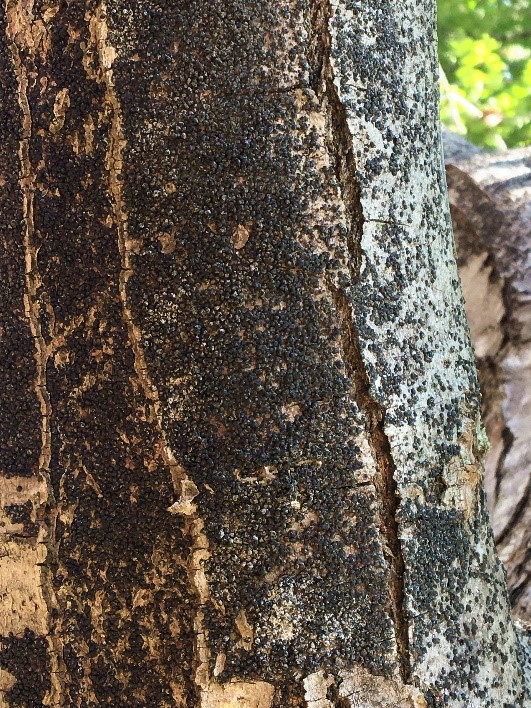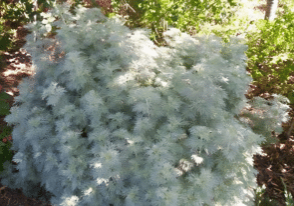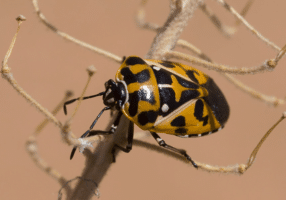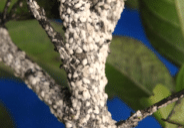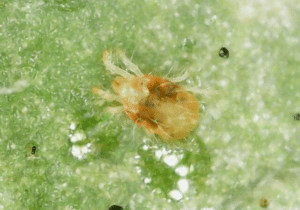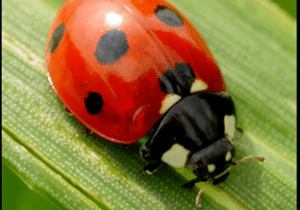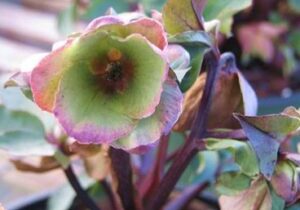By Steve Pulliam

Steve Pulliam
Earned his MA and BS degrees from Columbia International University. He is the President of IntegrityWorks, LLC and HomeScape Carolina
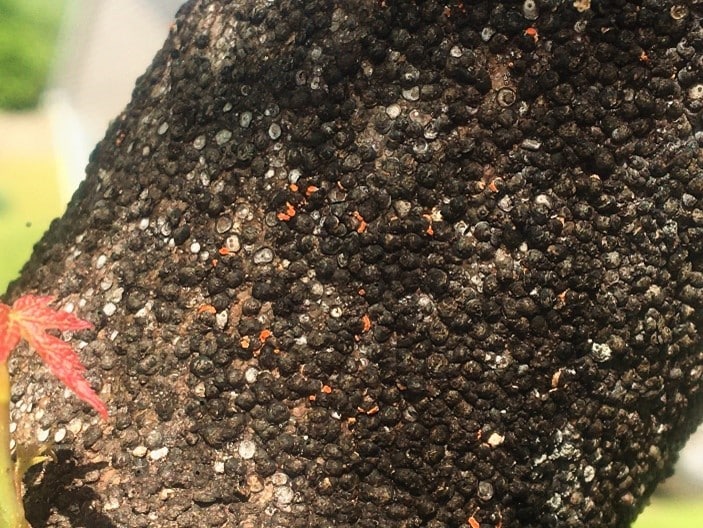
Does your maple tree look like this?
Gloomy scale (Melanaspis tenebricosa) poses a significant threat to maple trees in the midlands of South Carolina. These small, oval-shaped insects have a distinct dark gray appearance which often gets overlooked early on because they blend in with the color of the bark of the tree. If left undetected, the scale insects can quickly spread throughout the entire tree within a few short years.
Proper identification is crucial for early intervention. The scales typically appear as dark, flattened 1/8-inch diameter bumps or plates on the branches and trunk of the tree. The adults are covered with a protective waxy scale that shields them from predators and certain pesticides, making them a challenge to manage.
The scales feed on the sap of the maple tree, depriving them of essential nutrients. This continuous feeding weakens the tree over time and can lead to stunted growth, reduced foliage density, branch die-back, and eventual death if left untreated. Scales excrete a clear sticky sugary substance called ‘honeydew’ which attracts ants and promotes the growth of dark sooty mold, all of which further impacts the tree's vitality.
Early detection and intervention therefore are key to managing gloomy scale infestations. Regularly inspection of maple trees for the presence of these dark scales is therefore crucial. Once identified, measures should be taken to control the population which can involve pruning and removing heavily infested branches and considering appropriate insecticide treatments.
If you suspect your maple tree has been invaded by Gloomy Scale and are unsure of what to do, please give us a call at HomeScape Carolina.

